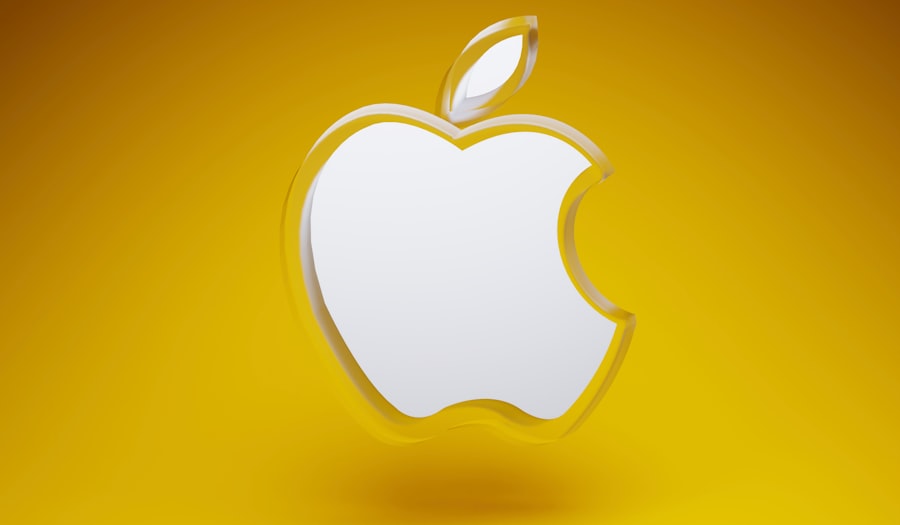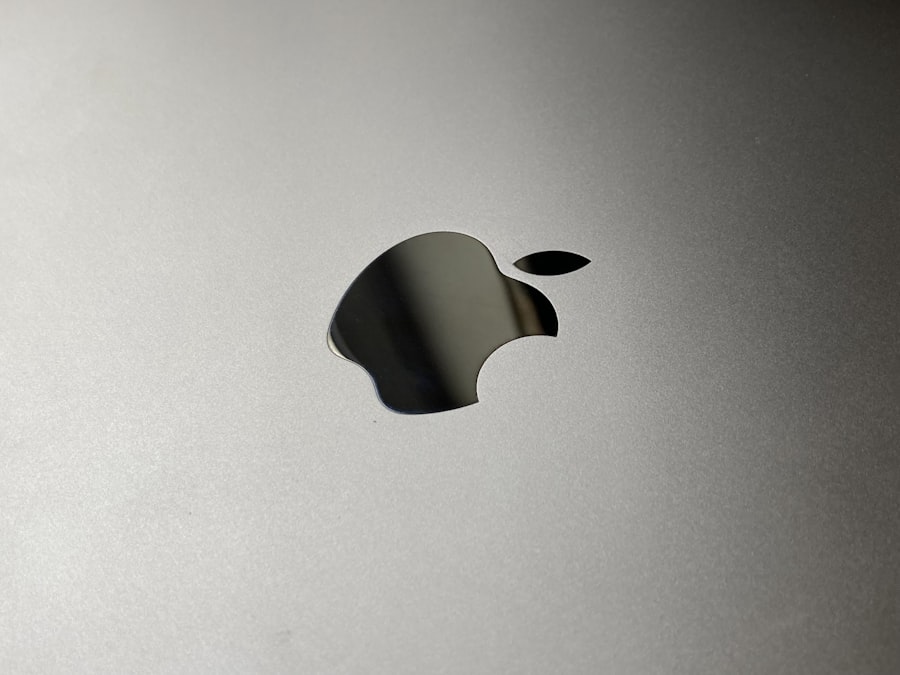Apple products, renowned for their sleek design and user-friendly interfaces, are not immune to technical issues. One of the most frequently reported problems is battery life degradation. Over time, users may notice that their devices do not hold a charge as effectively as they once did.
This can be particularly frustrating for those who rely on their iPhones or MacBooks for daily tasks. Factors contributing to battery issues include software updates that may inadvertently increase power consumption, as well as the natural wear and tear that occurs with lithium-ion batteries. Users often find themselves needing to charge their devices more frequently, which can disrupt their workflow and daily routines.
Another common issue is software glitches, which can manifest in various ways, such as apps crashing unexpectedly or the operating system freezing. These problems can arise after an update or even during regular use. For instance, users may experience slow performance on their devices, leading to delays in opening applications or executing commands.
Such issues can be particularly pronounced on older models that may struggle to keep up with the demands of newer software. Additionally, connectivity problems, whether with Wi-Fi networks or Bluetooth devices, are frequently reported. Users may find themselves unable to connect to their home networks or experiencing intermittent drops in service, which can be particularly disruptive in a world increasingly reliant on constant connectivity.
Key Takeaways
- Common issues with Apple products include software glitches, hardware malfunctions, and connectivity problems.
- Call Apple support when you encounter a problem that you cannot resolve on your own or if your device is under warranty.
- Prepare for the call by gathering necessary information such as device serial number, purchase date, and a detailed description of the issue.
- Expect Apple support to ask probing questions to diagnose the problem and provide troubleshooting steps to try during the call.
- Before calling support, try troubleshooting steps such as restarting the device, checking for software updates, and resetting network settings.
When to Call Apple Support
Determining when to reach out to Apple Support can be a nuanced decision for many users. If a problem persists despite attempts at basic troubleshooting, it may be time to seek professional assistance. For example, if a user has tried restarting their device, updating software, and resetting network settings without success, contacting support could provide the necessary guidance to resolve the issue.
Additionally, if a device exhibits physical damage—such as a cracked screen or water exposure—it’s advisable to consult with Apple Support to assess repair options and warranty coverage. Another scenario that warrants a call to support is when users encounter persistent error messages that hinder their ability to use essential features. For instance, if an iPhone repeatedly displays an “Unable to Activate” message after a software update, this could indicate a deeper issue that requires expert intervention.
Furthermore, if users are unsure about the status of their warranty or AppleCare coverage, reaching out to support can clarify what services are available and what costs might be involved in repairs or replacements.
How to Prepare for the Call

Preparation is key when contacting Apple Support to ensure a smooth and efficient experience. Before making the call, users should gather relevant information about their device, including the model number, serial number, and the version of the operating system currently in use. This information can typically be found in the device settings or on the original packaging.
Having these details at hand allows support representatives to quickly access the user’s account and device history, streamlining the troubleshooting process. Additionally, users should take note of any specific error messages or symptoms they have encountered. Documenting these details can help articulate the problem more clearly during the call.
It may also be beneficial to write down any troubleshooting steps already attempted, as this information can prevent redundancy and allow the support representative to focus on new solutions. Lastly, ensuring that the device is charged and accessible during the call can facilitate real-time troubleshooting and testing of suggested solutions.
What to Expect During the Call
| Expectation | Description |
|---|---|
| Introduction | The call will start with introductions from both parties. |
| Agenda | The agenda for the call will be discussed and agreed upon. |
| Discussion | There will be a discussion on the main topics or issues at hand. |
| Questions | Opportunity for both parties to ask questions and seek clarification. |
| Next Steps | Agreement on the next steps or actions to be taken after the call. |
When users connect with Apple Support, they can expect a structured process designed to address their concerns efficiently. Initially, callers will likely encounter an automated system that guides them through various options based on their needs. This system may ask questions about the type of device and the nature of the issue before directing them to a live representative.
While some users may find this automated process frustrating, it serves to categorize issues and connect callers with the most appropriate support personnel. Once connected with a representative, users should expect a friendly and knowledgeable interaction. Support agents are trained to handle a wide range of issues and will typically begin by asking clarifying questions about the problem at hand.
They may request specific details about error messages or symptoms observed. Throughout the call, representatives will guide users through troubleshooting steps and may ask them to perform actions on their devices while on the line. This collaborative approach helps ensure that both parties are aligned in diagnosing and resolving the issue effectively.
Troubleshooting Steps to Try Before Calling Support
Before reaching out to Apple Support, there are several troubleshooting steps users can take independently that may resolve common issues. One of the first actions is to restart the device. This simple step can often clear temporary glitches and restore functionality.
For iPhones and iPads, performing a force restart can be particularly effective in resolving unresponsive behavior. Similarly, for Mac users experiencing sluggish performance, restarting the computer can free up system resources and improve speed. Another useful step is checking for software updates.
Apple frequently releases updates that address bugs and improve performance across its devices. Users should navigate to their device settings and ensure they are running the latest version of iOS or macOS. If an update is available, installing it may resolve existing issues.
Additionally, clearing cache data from apps or resetting network settings can help alleviate connectivity problems. For instance, if Wi-Fi issues persist, resetting network settings can often restore proper functionality by clearing out any corrupted configurations.
Tips for Communicating Effectively with Support

Effective communication with Apple Support representatives is crucial for resolving issues promptly. One key tip is to remain calm and patient throughout the conversation. Technical problems can be frustrating, but maintaining a composed demeanor helps foster a collaborative atmosphere where both parties can work together toward a solution.
Users should also be clear and concise when describing their issues; using specific language about error messages or symptoms can help representatives understand the problem more quickly. Active listening is another important aspect of effective communication during support calls. Users should pay close attention to the representative’s instructions and ask clarifying questions if something is unclear.
Repeating back what has been understood can also ensure that both parties are on the same page regarding troubleshooting steps being taken. Additionally, if a suggested solution does not work, users should communicate this clearly so that representatives can pivot to alternative solutions without wasting time.
Follow-Up Steps After the Call
After concluding a call with Apple Support, there are several follow-up steps users should consider taking to ensure that their issues have been fully resolved. First and foremost, it’s essential to test any solutions provided during the call thoroughly. For example, if a representative suggested resetting certain settings or reinstalling an app, users should monitor their devices closely afterward to confirm that the problem has been resolved.
If issues persist despite following the recommended steps, users should not hesitate to reach out again for further assistance. Keeping detailed notes from previous interactions—including case numbers and names of representatives—can help streamline future communications with support teams. Additionally, if repairs were initiated during the call, users should track any shipping information or repair timelines provided by Apple Support to stay informed about their device’s status.
Resources for Further Assistance
In addition to direct support from Apple representatives, there are numerous resources available for users seeking further assistance with their Apple products. The official Apple Support website offers a wealth of information, including troubleshooting guides, user manuals, and community forums where users can share experiences and solutions with one another. This platform allows individuals to search for specific issues and find step-by-step instructions tailored to their devices.
Moreover, Apple’s YouTube channel features instructional videos that cover various topics ranging from basic setup procedures to advanced troubleshooting techniques. These visual aids can be particularly helpful for users who prefer learning through demonstration rather than text-based instructions. Additionally, third-party websites and forums dedicated to Apple products often provide insights from experienced users who have encountered similar issues and found effective solutions outside of official channels.
Engaging with these resources can empower users to take control of their device-related challenges while fostering a deeper understanding of their Apple products.



